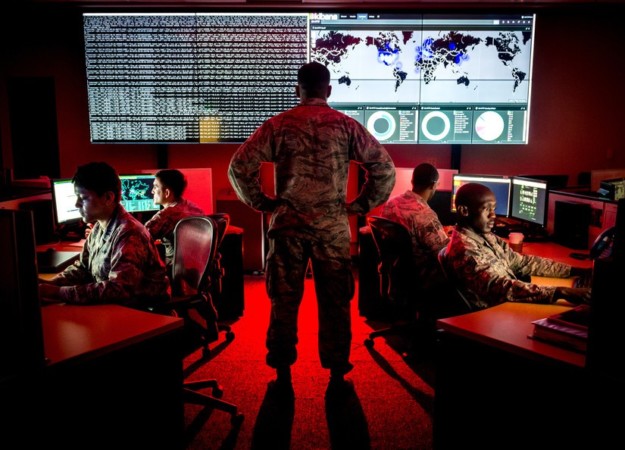- There is a need to use clear language when referring to ‘cyber’. There is a clear need to correctly identify and describe each cyber challenge in order to find tailored solutions;
- Cyber-threats and challenges operate across a broad spectrum and scale. Not every threat in the nuclear realm is equal; much of what is currently termed a ‘cyber-attack’ should not be seen through the lens or warfare, nor constitutes a ‘new’ challenge;
- Intentions are as important as capabilities. Simply possessing advance cyber capabilities does not mean they will be used offensively. Both states and non-state actors must be assessed pragmatically;
- Cyber challenges should be viewed as part of a broader package of emerging disruptive technologies. A focus purely on nuclear weapons in international arms control agreements is no longer practical as the nuclear world is increasingly blurred;
- The cyber challenge is inherently human. Humans write code, enter data, build systems and make decisions, Artificial Intelligence (AI) may change this long-term but the easiest cyber target is currently human;
- States need to think outside of the box in their approaches to security, arms control and confidence building.
It is conceivable for states to find international agreement over the use and threat of cyber in relation to nuclear weapons. Early warning systems, sharing best practice, and a public declaration of the associated dangers are all good first steps. The nuclear realm has been faced with periods of significant technological change before, and the key now is collectively addressing and minimising the challenge of the cyber era.
The original article can be found @ELN






Leave a Reply